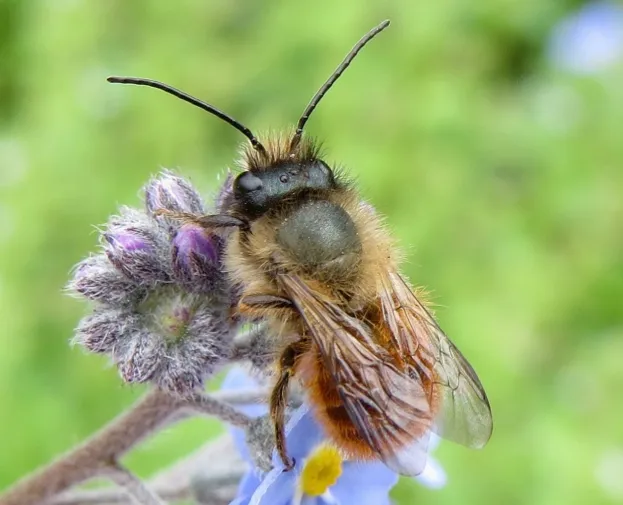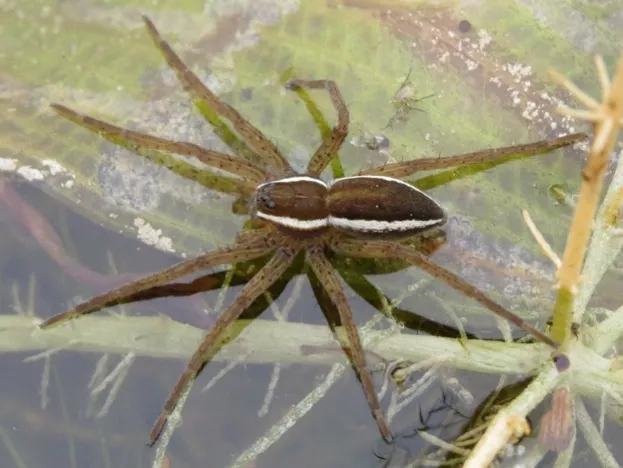A recent poll by Buglife asked the public to choose their favourite ‘bug’ for England, Northern Ireland, Scotland and Wales.
The English vote was comfortably won by the long-horned bee (above), which gained over a third of total votes. Surprisingly, the seven-spot ladybird, strongly favoured to win over the first few days of voting, languished in third place.
“It is really fantastic to see the long-horned bee voted in as England’s favourite invertebrate,” says Andrew Whitehouse from Buglife England. “The long-horned bee is definitely one of my favourite bees and it can be seen at this time of year in my local patch on the South Devon coast.”
The long-horned mining bee gets its name from the males’ impressively long antennae and is one of Britain’s larger solitary bees. Formerly fairly widespread in southern England, it has suffered huge declines and is now largely restricted to the coast.

In Northern Ireland the poll was topped by the Irish damselfly (above) which gained almost 40 per cent approval.
Scotland’s vote was won by the red mason bee (below) which surpassed the green tiger beetle despite a late surge of pro-beetle votes.


In Wales the competition was effortlessly won by the fen raft spider (above) which gained half the votes cast. Only the ashy mining bee even managed half the vote of Britain’s largest spider.
The fen raft spider reaches up to 23mm in length and is one of the rarest spiders in Wales. Living around the margins of pools and ditches, they are able to hunt above and below the water surface.
See the full results on the Buglife website.